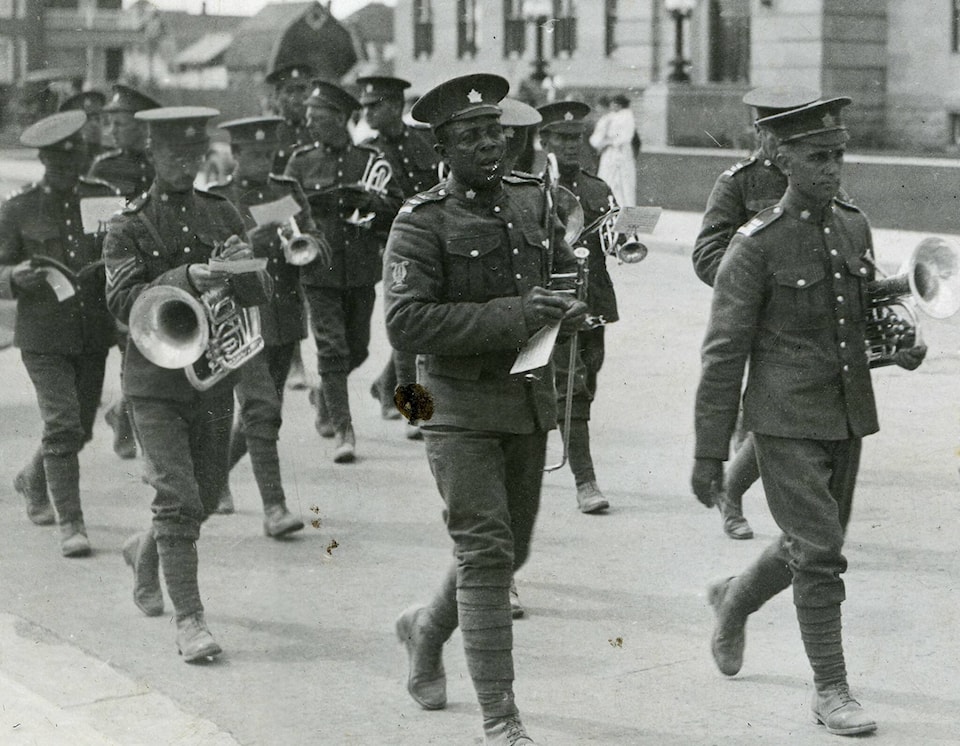For several years now, February has been designated as Black History month across Canada. Previously, there had been little attention paid of the history of Black Canadians, possibly because in the 19th and early 20th centuries, there were not many Black Canadians, particularly in Western Canada.
That was the situation across Alberta at the beginning of the last century. The 1901 federal census found only 27 blacks living in what was then known as the Territory of Alberta. Those individuals lived mainly in Calgary and Edmonton, with a few living in Southern Alberta.
Probably the most famous of Alberta’s black pioneers was John Ware. He was born a slave on a plantation in South Carolina. After Emancipation and the end of the Civil War, he moved to Texas. He became a highly skilled cowhand. In 1882, he was part of a cattle drive through Montana and into Southern Alberta. He liked the new country and decided to stay.
He first moved to the fledgling town of Calgary in 1884. He then got a job on the Queen Ranch, and later, he was able to acquire his own land on Sheep Creek near Millarville. In 1892, he married Mildred Lewis, a young black woman from Ontario. Together, they were to have five children.
In 1902, the family moved to a new ranch in the Brooks district. Tragedy followed. In 1905, Mildred became seriously ill and died. That autumn, John Ware was fatally injured when he fell from his horse. His in-laws, the Lewis family, subsequently raised the children.
The first black, for which there is a record, to live in Central Alberta was Edmund (George) Thompson. He moved from South Dakota to Alberta with his wife, Hattie, and daughter, Latechange, in 1904. He took out a homestead in the Magic/Earlville district, northeast of Lacombe.
Tragedy struck in early February 1907. The winter was one of the worst on record. Deep snow forced Thompson to take a detour from his usual route to the Earlville store and post office, which was 6.5 kilometres away.
Despite the detour, the trip through the heavy snow was exhausting. Edward collapsed on the return journey. He was found frozen to death along the trail, less than a kilometre away from his home and safety.
After Edmund’s death, Hattie, and Latechange, moved to Ponoka. Latechange passed away in Ponoka in the early 1920s. Hattie passed away in Edmonton on Aug. 28, 1936. They were survived by a daughter/granddaughter, Alice.
Between 1909 and 1911, black settlers moved up from the U.S. to Canada. Many came up from Oklahoma, which after attaining statehood in 1907, began to implement an extensive legal system of discrimination. A great many of these new immigrants settled in new communities in West Central and Northern Alberta.
One of the main settlements was at Amber Valley, north of Edmonton. Others were at Keystone (Breton), Campsie and Junkins (Wildwood). An estimated 1000 black settlers came to Alberta.
The reception in Alberta was generally hostile. In 1911, the Edmonton Board of Trade spearheaded a major effort to have the Canadian federal government ban further immigration of blacks to Canada.
The organizers of the Alberta-wide petition argued that black settlers would be “ill-suited to the cold climate of Canada.” That argument clearly ignored the fact that many Afro-Americans from the northern states experienced just as harsh winters as Canadians.
When the Edmonton Board of Trade’s petition was referred to its Red Deer counterpart, two local members vigorously opposed supporting the measure. They were Raymond Gaetz, first mayor of the Town of Red Deer and Francis Galbraith, first mayor of the City of Red Deer. Both men were vehemently against such obvious racism.
Ray Gaetz raised the point of the “sacred British principles of offering free asylum to the oppressed of all nations.”
Unfortunately, Gaetz and Galbraith were unable to convince their colleagues and the motion passed.
Red Deer historian Michael Dawe’s column appears Wednesdays.
